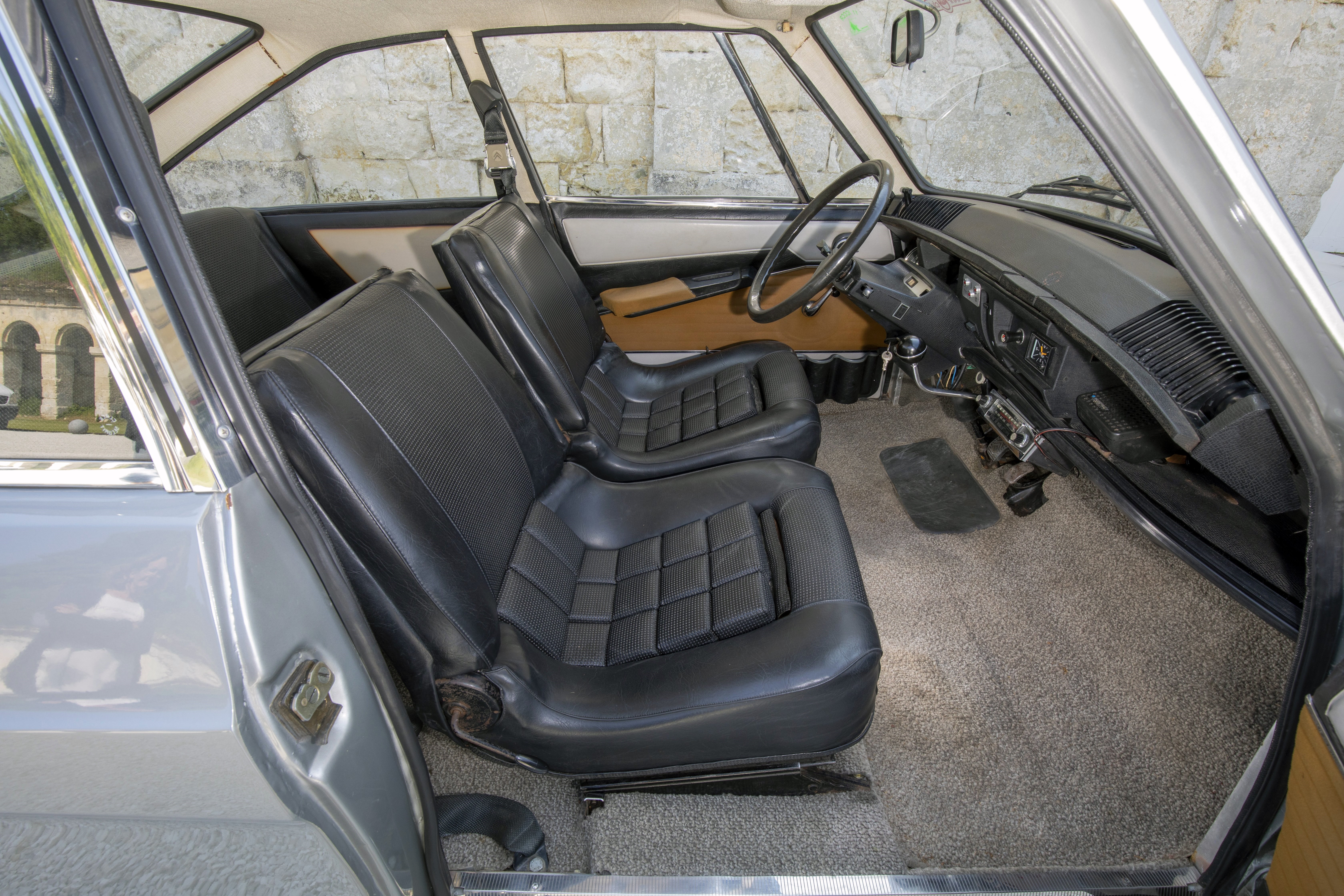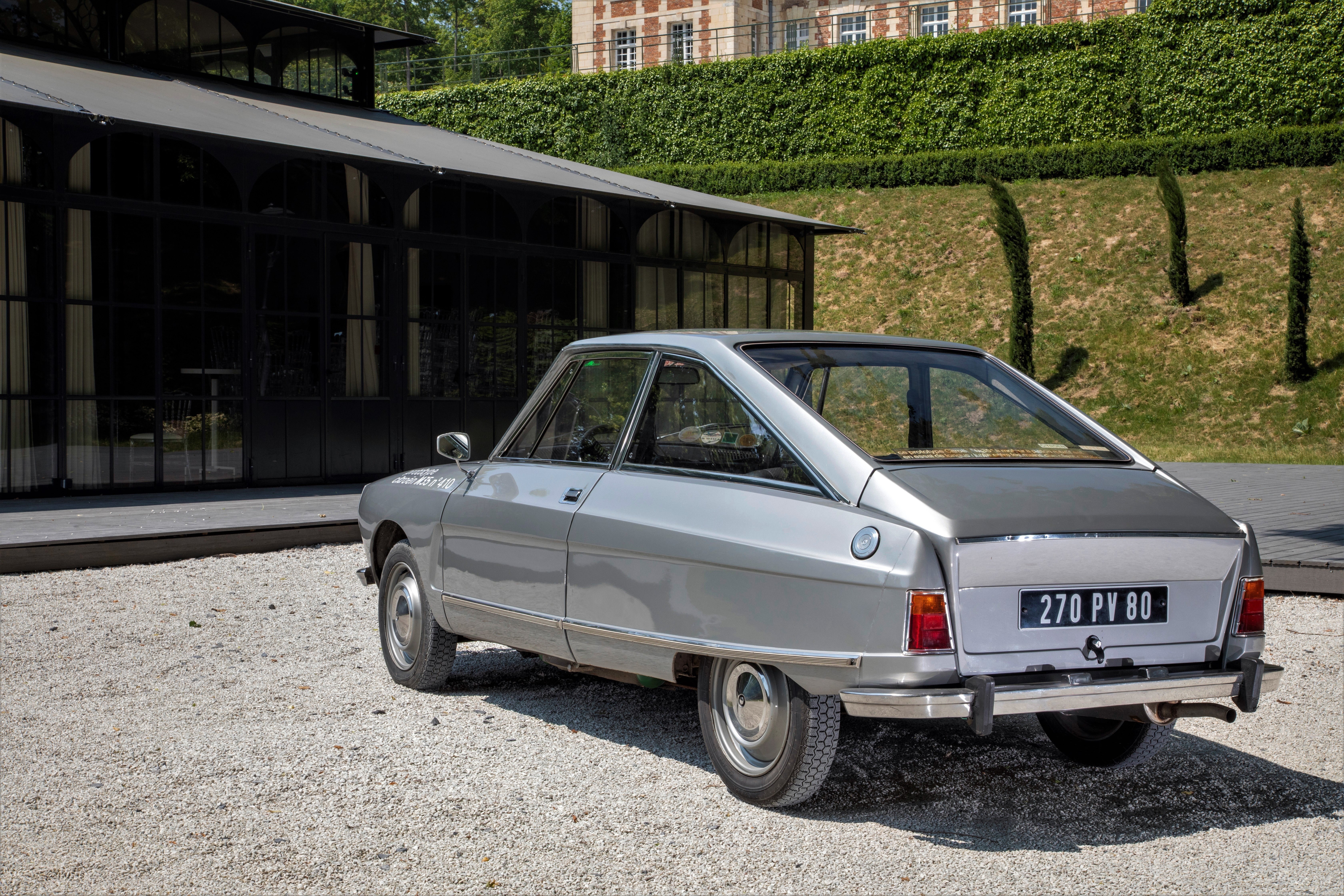
It's not just Tesla that has used its customers as guinea pigs to test new products. Citroën did it more than 50 years ago with the strange M35, a prototype designed to test the Wankel engine.
With the launch of the DS saloon in 1956, Citroën revolutionised the history of the motor car industry with its avant-garde technical solutions and unique looks. Riding the wave of its new image, the firm with the chevrons marketed the Ami 6, an original saloon with an inverted rear window, based on the 2CV platform.
It was at this point that Citroën became interested in the Wankel rotary engine, a solution that also aroused the curiosity of NSU. In 1967, the two marques founded the Comotor company in order to build this very special powertrain together. The problem was that two years later, NSU was acquired by Volkswagen, which was not at all interested in the Wankel.
Citroën therefore found itself with an unfamiliar engine that it had to develop on its own. It was then that Citroën decided to develop a prototype in order to test the rotary block in real-life conditions.

The story of an abject failure
Based on the chassis of the Ami 8, the Citroën M35 is a 2-door saloon with a receding rear. Its somewhat slapdash design gives it the air of an experimental vehicle, which was certainly deliberate on the part of Citroën's designers.
It was powered by a 995cc Wankel engine developing 49 bhp. What makes this car special is that, like the DS, it is fitted with hydraulic suspension and is sold to loyal Citroën customers. To be eligible to take part in the experiment, customers undertook to drive at least 30,000 km a year in this rolling laboratory, designed to gather information on the operation of this novel powertrain.
This cutting-edge technology at the time came at a price, and many customers were put off by the car's high price. Only 267 of the 500 originally planned were built by the French coachbuilder Heuliez. With modest power and poor performance, the car suffered from very high fuel consumption and its reliability proved catastrophic, with engines generally breaking down after just 60,000 km! The lessons Citroën learnt from this experiment were used to improve the Wankel, which was eventually adopted by a production vehicle, the GS Birotor.
Not very convincing in the end, it arrived in 1973, the year of the first oil crisis. Its high fuel consumption quickly doomed it, and only 874 examples were built until 1975. The M35 also cost Citroën a lot of money, and the company had to carry out numerous repairs under warranty. All the cars entrusted to customers were gradually bought back by the brand, which did not hesitate to send them to the scrap heap!

For connoisseurs
It is estimated that around sixty M35s still exist today, and these are listed on the sitecitroenm35.com, the only specialised source on this model on the web.
Tricky to set up and maintain, Wankel mechanics require a skilled workforce. The big problem is that there aren't really any spare parts available for this extremely limited production car. Adored by collectors with a passion for Citroën's history, the M35 doesn't really have a price tag, given how rare it is on the market.
If a car is complete and running, its price can quickly soar. This was the case with the last M35 sold at auction by Osenat, which was in excellent condition and sold for €41,400.
















